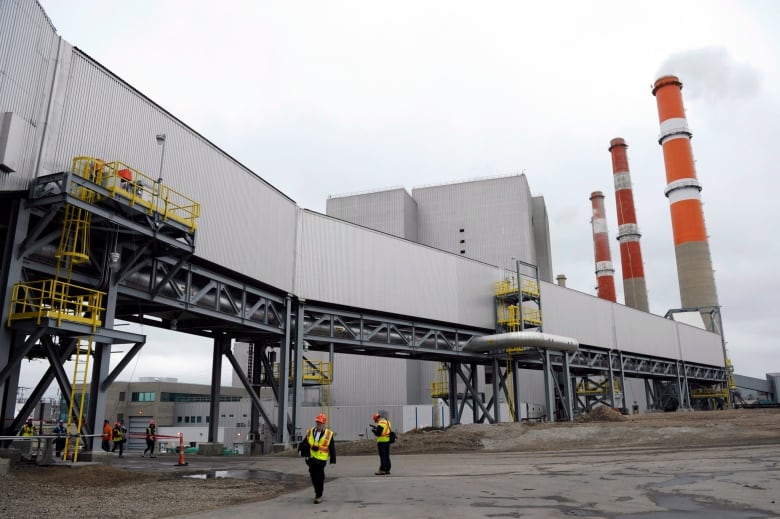Aging poles, wires pushing electricity rates up, analyst says
A lot of old infrastructure must be rebuilt, Nick Martin suggests

Saskatchewan's aging power grid is to blame for rising electrical bills, according to an expert who suggestsa focus in renewable energy may the key to cutting costs over the long term.
How can we reduce emissions and decarbonize the grid?- Nick Martin
Nick Martin, a policy analyst with the Canada West Foundation, has been studying the details of SaskPower's latest request to increase rates.
"It seems to be a story of a lot of old infrastructure that needs to be rebuilt," Martin told CBC Radio's Saskatoon Morning.

Provincialrates near national average
While it may feel like electrical rates here keep rising, Martin says that if you look at national averages, Saskatchewan power costs are not much higher than other provinces that also rely on coal. That's surprising, Martin says, given the market here.
"You have a lot of wires and a lot of infrastructure to move all that electricity around and then you also have few customers relative to the size, which means you don't have a lot of people to spread the cost of that system around," Martin said.
Carbon capture may not be the answer
While this increase is due mainly to an aging grid, Martin said, previous rate hikes have been necessary as SaskPower financed and pioneered carbon-capture technology. Martin wonderswhether that project will prove to be a wise investment, adding Saskatchewan may have to ask an important question soon.
"How can we reduce emissions and decarbonize the grid and achieve our policy goals in that respect?" he said.
"The trick for Saskatchewan as well as every other province out there is going to be finding the combination that's the least costly."
One idea to help moves things forward, Martin said, is to bring down provincial barriers so that energy can flow between utility companies.
"If we're able to move more power back and forth, yes, Saskatchewan would be able to use hydro power from Manitoba to replace coal, but it would also really help Saskatchewan integrate wind and other renewable resources at a much lower cost."

with files from Saskatoon Morning












_(720p).jpg)


 OFFICIAL HD MUSIC VIDEO.jpg)
.jpg)



























































































